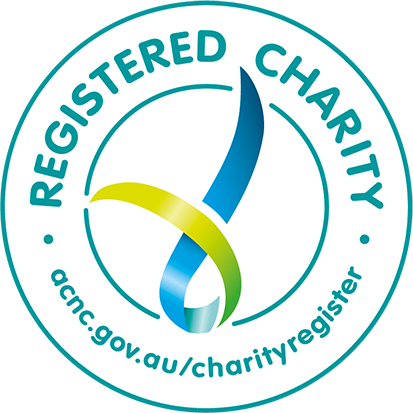As children spend more time online, the risks they face continue to grow. From cyberbullying to inappropriate content, kids encounter dangers every time they log on. That’s why cyber safety for kids has become a vital part of education.
By introducing digital safety lessons, schools can equip students with the knowledge and tools they need to navigate the online world safely and make smart choices in the face of these challenges.
Understanding the Digital Landscape
With many children actively using platforms like TikTok, Instagram, Roblox and YouTube, it’s essential to understand the digital landscape they’re exploring. While these platforms provide entertainment and social interaction, they also expose kids to risks like cyberbullying, privacy concerns, harmful sites and interactions with strangers. This makes it crucial for teachers and parents to stay informed and help children identify and manage these potential dangers.
Creating a Safe Online Environment
Creating a safe online environment for kids begins with establishing smart digital habits. One of the simplest yet most effective steps is teaching them to create strong passwords, using combinations of letters, numbers and symbols to protect their accounts from being hacked. Parents should also employ parental controls and adjust privacy settings on devices and apps. This ensures that children can only access age-appropriate content and reduces the risks they might face online.
Educating Kids about Cyberbullying
Cyberbullying is a common threat that can seriously affect children’s well-being. To help, parents, teachers and schools should:
- Recognise the signs – watch for behaviour changes or emotional distress.
- Encourage open dialogue – ensure kids feel safe discussing online experiences.
- Teach blocking and reporting – show kids how to block and report bullies.
- Provide response strategies – help kids handle harmful situations, like seeking support from an adult.
Safe Social Media Practices
As children become more active on social media, teaching safe usage is critical. Guidelines for responsible social media use should include thinking before posting, keeping profiles private and limiting interactions to well-known friends and family. Additionally, children should learn how to recognise and report inappropriate content to keep their online experience positive and secure.
Protecting Personal Information Online
Children may not realise how important it is to protect their personal information online. Teaching kids about data privacy, such as not sharing details like home addresses or school names, is essential to keep them safe. Oversharing can lead to serious consequences, including identity theft or online harassment, so instilling these lessons early is key.
Promoting Healthy Screen Time Habits
Balancing screen time is another crucial part of cyber safety for kids. Children need to understand the importance of taking breaks from their devices and engaging in offline activities. Encouraging a healthy balance between online and offline activities helps to prevent digital overload and promotes physical and mental well-being.
Empowering Kids with Critical Thinking Skills
Helping kids develop critical thinking skills is essential in today’s digital world. Teaching them to question the credibility of online information and evaluate sources can prevent the spread of misinformation. It’s also important to raise their awareness of online scams and phishing so they can recognise and avoid these dangers with confidence.
Innovative education tools with Constable Care and Youth Choices
When it comes to teaching cyber safety to children and teens, relevant and realistic programs make all the difference. Constable Care’s primary school shows, Screen Name and Trending, are endorsed by the eSafety Commissioner as trusted, high quality cyber safety programs, as well as Overshare, an immersive experience for teens offered by Youth Choices. Overshare uses virtual reality (VR) technology to completely involve high school students in the story and the decision making of the characters, putting them in real-life online scenarios and enabling them to see firsthand the consequences of unsafe online behaviour. The unique approach makes digital safety education both engaging and highly effective in schools.
Collaborating with Parents and the Community
Cyber safety education should come from many sources – parents and the community play a vital role in reinforcing the lessons and learning that students experience at school. Engaging parents in conversations about online safety helps ensure that what’s taught in school is supported at home. Building a network where parents, teachers and other community members share resources and advice, creates a stronger, more comprehensive approach to keeping kids safe online.
Sustaining a Culture of Cyber Safety
The bottom line is that cyber safety education shouldn’t be a one-time lesson. As technology evolves, continuous education is necessary to keep kids informed about new online threats. Starting these lessons early has long-term benefits, as kids will carry the skills and knowledge they learn with them into adulthood, helping them stay safe in an ever-changing digital landscape.








